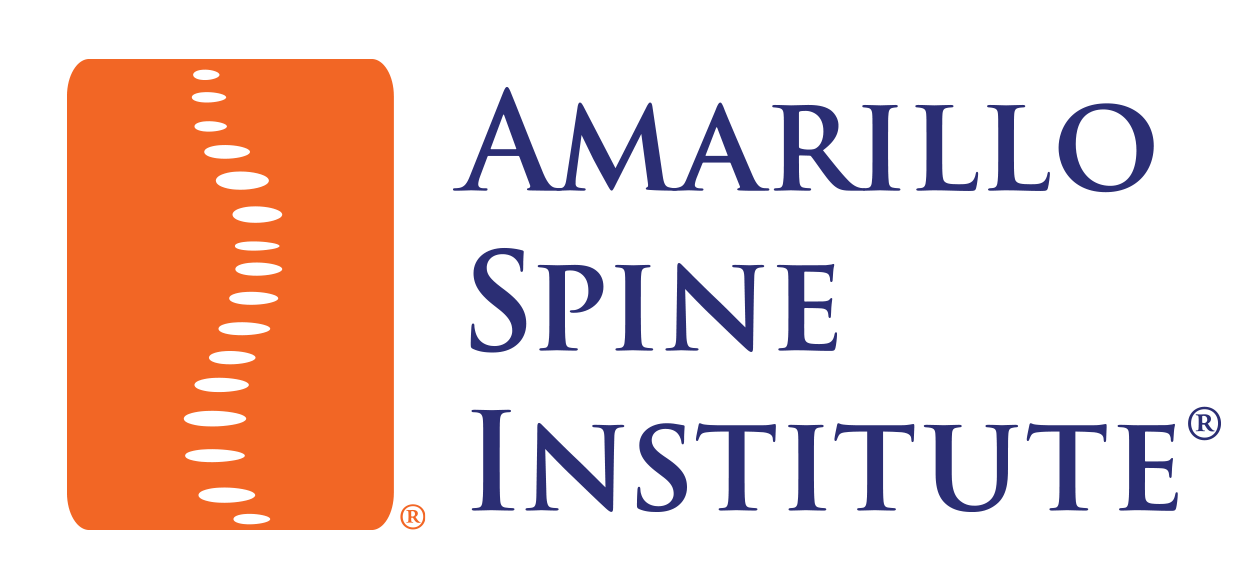When patients suffer from vertebrogenic pain, the Intracept procedure can be an effective treatment that is also minimally invasive.
WHAT IS VERTEBROGENIC PAIN
Vertebrogenic pain is a distinct type of chronic low back pain caused by damage to vertebral endplates, the tissue that covers the top and the bottom of each vertebral body and separates it from the disc. Disc degeneration, and the wear and tear that occurs with everyday living, produces stresses on the endplates that damage them, leading to inflammation and vertebrogenic pain. The basivertebral nerve (BVN), found within the vertebrae, carries pain signals from the inflamed endplates to the brain.
HOW IS VERTEBROGENIC PAIN TREATED?
The basivertebral nerve (BVN) enters the bone at the back of the vertebral body (the bones in your spine) and “branches” to the endplates (that are located at the top and the bottom of each vertebral body). When endplates are damaged, these nerve endings increase in number and “pick up” pain signals that are then sent to the brain through the BVN. The Intracept® Procedure relieves vertebrogenic pain by heating the basivertebral nerve (BVN) with a radiofrequency probe to stop it from sending pain signals to the brain.
HOW DOES THE INTRACEPT® PROCEDURE WORK?
The Intracept Procedure is a minimally invasive, implant-free procedure that preserves the overall structure of the spine. The Intracept Procedure is a same-day, outpatient procedure. Patients are under anesthesia, and the procedure generally lasts an hour. The procedure is FDA-cleared and is proven in multiple studies to be safe, effective, and durable.,
HOW LONG DOES PAIN RELIEF LAST FOLLOWING THE INTRACEPT® PROCEDURE?
Clinical evidence demonstrates the majority of patients experience significant improvements in function and pain 3 months post-procedure that are sustained more than 5 years after a single treatment.
HOW DO I KNOW IF I’M A CANDIDATE FOR INTRACEPT®?
The Intracept® Procedure is indicated for patients who have had:
- Chronic low back pain for at least six months,
- Who have tried conservative care for at least six months, and
- Whose MRI shows features consistent with Modic changes – indicating damage at the vertebral endplates has led to inflammation.
The Intracept Procedure, as with any procedure, has risks that should be discussed between the patient and medical provider.


